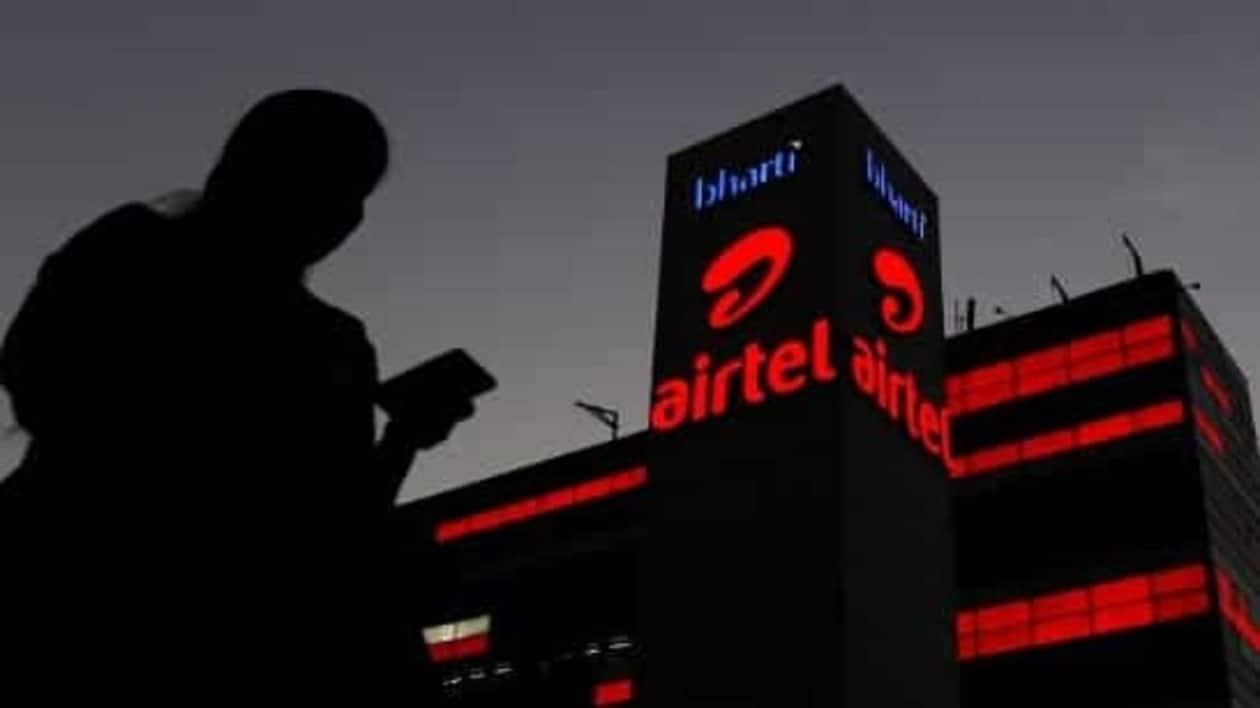After a 13 percent fall in the stock since November 2022, global brokerage house Jefferies has upgraded telecom major Bharti Airtel to ‘buy’ from ‘hold’ earlier. It has also raised Airtel's target price to ₹900 from ₹850 earlier, implying an upside of 17 percent.
Jefferies' ‘buy’ rating is based on a favourable risk-reward from current price levels. Bharti's share gain in 4G subscribers, intent to increase average revenue per user (ARPU), and an improving tariff outlook are the key reasons for its ‘buy’ recommendation.
"Bharti’s market share gains among 4G subscribers, hikes in voice tariffs, and improving tariff outlook due to Govt’s support for Vodafone should help Bharti drive 13 percent growth in its mobile ARPUs over FY23-25. Market share gains are likely to accelerate amid 5G rollouts. While we cut our estimates by 1-4 percent to factor tariff hike delays, we upgrade Bharti to BUY as, after a 13 percent fall since Nov-22, the stock offers 17 percent upside potential to our rolled forward price target of ₹900," explained Jefferies.
In the base case scenario which estimates a 17 percent upside, Jefferies has priced in the following:
1) India telecom sector revenues rise to $34 billion by FY25.
2) Bharti Airtel's revenue market share rises to 39 percent by FY25.
3) India mobile ARPUs rise from ₹160 in FY22 to ₹243 in FY25E, driven by tariff hikes.
4) It builds 17 percent CAGR in India mobile revenues and 19 percent CAGR in India mobile EBITDA over FY23-25E.
5) It models a 13 percent FY23-25E revenue CAGR and EBITDA margin of 49 percent for Africa in FY25.
6) It assigns a 9x EV/EBITDA to India mobile business and 9x to non-mobile and uses its price target for Indus Towers and CMP for Airtel Africa to arrive at a price target of ₹900. SOTP implies consol. EV/ EBITDA of 7.6x.
Meanwhile, in its bull case scenario, the brokerage estimates a target price of ₹1,020, implying an upside of 33 percent. In this case, it sees a 15 percent tariff hike in FY24 and a complete duopoly. It also assumes a 9x multiple, this would add ₹120 per share to the base case fair value of ₹900 per share.
Finally, in the bear case scenario, the brokerage has a target of ₹710, implying a downside of 7 percent. In this case, the brokerage expects a delay in tariff hikes or lower-than-expected market share gains. It also assumes an 8.5x multiple for Indian mobile business and no tariff hikes till FY25.
Following are the reasons behind the ‘buy’ call on the stock:
Share gains among 4G users driving ARPUs: As per the brokerage, Bharti has seen an acceleration in market share gains among active 4G users, evident from its 60 percent incremental market share in H2CY22 vs its overall market share of 30 percent. This has helped Bharti Airtel improved its subscriber mix and raise its daily ARPU by 4.4 percent over H2CY22, it said. With another 107 million voice subscribers on its network yet to upgrade to data, Bharti's ARPUs will likely rise by 4-5 percent annually due to the improvement in subscriber mix, predicted Jefferies.
Intensifying focus on boosting ARPUs: After favorable market share movements in Haryana and Odisha, where Bharti had discontinued its ₹99 plan in November, the company has extended this move to 19 circles recently contributing to over 90 percent of its India mobile revenues, informed the brokerage. It further noted that this move will add around 2 percent to Bharti's revenues by Q1FY24 and more importantly, indicates that Bharti is looking to boost ARPUs even if it leads to some churn among low-ARPU subscribers.
Improving tariff outlook: The brokerage also pointed out that the govt's recent decision to convert a portion of VIL's debt to equity, is likely to align its interests in favor of a tariff hike, moreover, this is also likely to shift Bharti/Jio's focus away from market share gains towards market expansion. While the pace of tariff hikes has disappointed recently, the government's recent move could drive positive surprises, added Jefferies. Over FY23-25, it now expects a single tariff hike of 15 percent towards end-CY23 resulting in 1-3 percent cuts to its FY23-25 ARPU estimates.
An effective duopoly in the works: According to the brokerage, VIL may potentially be able to secure incremental funding given govt's support but this is unlikely to match Bharti/Jio's capex plans of US$9/25bn over the next three years. Furthermore, VIL is likely to witness accelerated market share losses as 5G becomes mainstream, it said. Initials signs are already visible in recent market share trends where VIL has lost 3 ppt market share in metro circles in Q3FY23, mentioned Jefferies. Per its calculations, Bharti's fair value could rise by ₹120 per share in a duopoly, predicted the brokerage.
The stock has gained 11 percent in the last 1 year and risen around 23 percent from its 52-week low of ₹629, hit in July 2021. However, from its 52-week high, touched in November 2022, the stock has lost around 13 percent.
In March so far, the stock has gained 4.5 percent on the back of Jefferies upgrading the stock. This comes on the back of 3 straight months of decline. Between December 2022 and Feb 2023, the stock has shed 12.5 percent.
Disclaimer: The views and recommendations made above are those of individual analysts or broking companies, and not of MintGenie.
